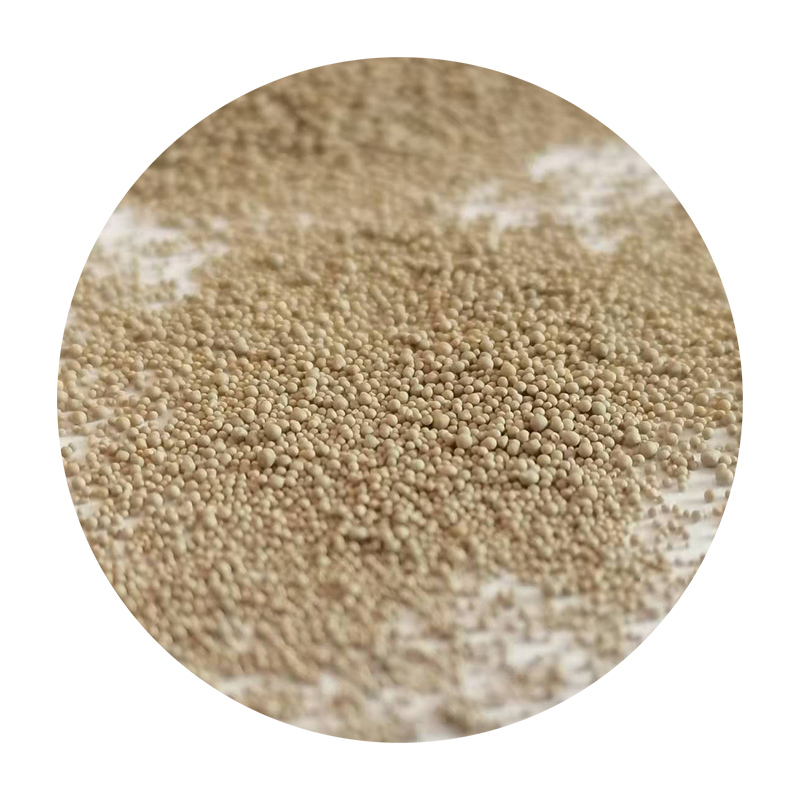The History and Evolution of Sand Casting
Sand casting, one of the oldest and most widely used metal casting processes, has a rich history that dates back thousands of years. Understanding when sand casting was invented and how it evolved provides not only a glimpse into technological advancements but also highlights its enduring significance in various industries today.
The origins of sand casting can be traced back to ancient civilizations. The earliest evidence of metal casting can be found in ancient Egypt as far back as 3000 BC, where craftsmen utilized crude molds to create metal objects. These early forms of casting often used natural sand mixed with clay to form molds. This primitive technique laid the foundational principles of sand casting, although the methods and materials were not as refined as those we see today.
The History and Evolution of Sand Casting
The process continued to evolve through the Middle Ages, where local blacksmiths and metallurgists began to refine their methods. The introduction of more advanced techniques, such as the use of multiple-part molds, allowed for greater detail and complexity in castings. The craft was often handed down through generations, and many regions developed their unique styles and practices.
when was sand casting invented

In the 18th century, the Industrial Revolution marked a turning point for sand casting. The demand for metal products surged as mass production became a priority. This era saw the establishment of foundries specialized in sand casting, equipped with new machinery that improved the efficiency and consistency of the process. Innovations like packed sand molds and the introduction of metal patterns paved the way for higher quality castings.
The 19th century brought further advancements, particularly in the United States and Europe, where sand casting was used to produce everything from machinery components to architectural elements. The predictable nature of the sand casting process made it a reliable choice for both small-scale artisans and large factories. Metalworking became more accessible, and as the technology improved, so did the complexity of the castings being produced.
Today, sand casting remains a vital manufacturing process, prevalent in industries ranging from automotive to aerospace. Modern sand casting techniques have integrated advanced technologies, including computer-aided design (CAD) and computer numerical control (CNC) machining, improving accuracy and production speed while minimizing costs. Despite technological advancements, the fundamental principles of sand casting have remained unchanged, maintaining its status as a preferred method for producing metal components.
The longevity and adaptability of sand casting reflect its importance in the historical context. It supports the premise that even with innovations, traditional methods can persist and evolve to meet contemporary needs. Its role in shaping societies throughout history speaks to the creativity and ingenuity of human civilization.
In conclusion, sand casting is not merely a manufacturing technique; it is a historical narrative that illustrates human innovation over millennia. From its rudimentary beginnings in ancient civilizations to its modern applications, understanding when sand casting was invented allows us to appreciate its significance in both cultural and industrial contexts. As we move into the future, the continued evolution of sand casting will likely be influenced by further technological advancements and a growing emphasis on sustainability in manufacturing practices.
Post time:Pro . 13, 2024 19:34
Next:Tips for Sanding Resin Projects to Achieve a Smooth Finish
